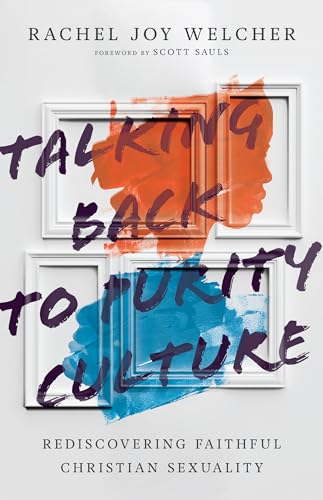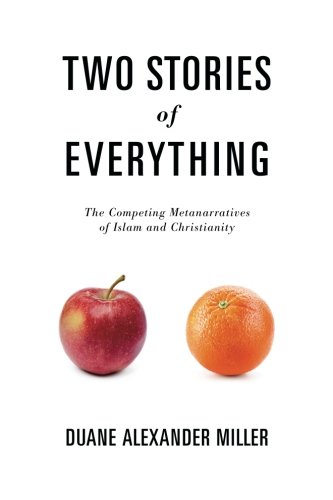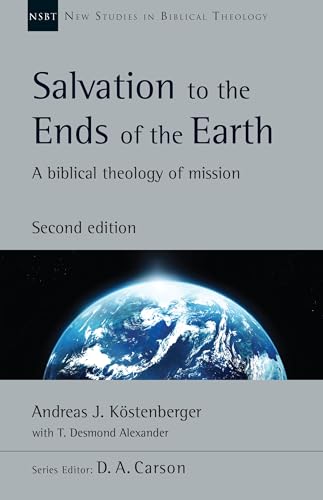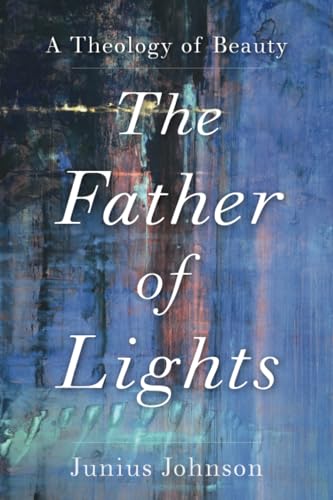Is it Abuse? A Biblical Guide to Identifying Domestic Abuse and Helping Victims
Written by Darby A. Strickland Reviewed By Kara HartleyI have never been a victim of domestic abuse and until relatively recently I didn’t really have a full picture of the horror that so many have experienced. As domestic abuse has gained greater attention in the media, as I’ve participated in my own denomination’s development of policy around dealing with domestic abuse, and as I’ve heard directly from a range of victims, my eyes have been opened to the prevalence of this dreadful evil, even among God’s people. As I’ve come to understand the complexities and difficulties for victims, I have also become increasingly aware of the need for godly guidance and good training.
Darby Strickland’s Is it Abuse? goes a long way toward meeting that need. As she writes in her opening sentence, “I have written this book for anyone who desires to come alongside a victim, or victims, of domestic abuse” (p. 15). Her own journey into supporting and caring for victims of domestic abuse was somewhat unplanned. But using her counseling skills and experience she has developed not just a book to help us understand domestic abuse, but also provided resources to enable good policy and practice in our churches.
The book is unashamedly about the care and protection of women. While Strickland acknowledges that men also experience domestic abuse, and that her “book’s material can be applied to male victims,” it was because of conversations she kept having with women who were in “oppressive marriages” and the statistical fact that men are “more likely to be the perpetrators of domestic abuse” (p. 17), that she focuses on supporting these vulnerable members of God’s family.
This is both a what is it and how to book. But it is not a find a quick fix book. Strickland spends a significant amount of time outlining and educating the reader about the nuts and bolts of abuse, the different types of abuse, along with some practical helps for those supporting abuse victims. One noteworthy feature of this book is Strickland’s departure from the usual language of perpetrator (for those who commit abuse), replacing it with oppressor. She explains her reasoning as follows:
I like to use the term oppression since it provides a framework for this behavior that is addressed in Scripture and captures the domination that it involves. No matter what form oppression takes, its intended outcome is the same: to punish and wound a victim so that an oppressor gets their world the way they want it. (p. 24).
For Strickland, oppression language better expresses the patterned behaviour of the abuser; whereas a perpetrator is one who carries out an act of violence. She writes, “Oppression is so much more than an anger problem or a marriage problem. Oppression is about coercive control. Oppressive behavior is not provoked. It is behavior that accomplishes something for the abuser. It is an expression of pernicious entitlement” (pp. 62–63, emphasis original).
Here Strickland helpfully draws out the distinction between a bad marriage and an abusive marriage. She describes the limitations of marriage counseling where the fundamental issue within the marriage is abuse. This is a key insight for those involved in supporting victims of abuse. Strickland then fleshes out what is at the heart or root of all oppression. She highlights patterns of entitlement, punishment, self-justification, unrelenting demands for love and service, lack of empathy, and hypocrisy—these are common for all abusers. Other books have also identified these behaviours with abuse but Strickland offers a further insight into the foundation of oppression that many secular and even Christian writers fail to address.
Oppressors do not only lack empathy and punish others. Underneath the six key beliefs that are at the root of entitlement and the damaging behaviours that it causes is the most significant and detrimental distortion of all: a worship problem. Oppressors see themselves as the center of their world; their hearts say, “I was created to be worshipped, not to worship.” But God is the center of all things. He created us to worship him. So when “Me, me, me!” rules all, God is dethroned, worship is impeded, and Christian growth is stunted. (p. 71, emphasis original)
Strickland doesn’t just stop at the pathology of the oppressor. She also helps the reader to understand the situation and pathology of the victim in order to develop better frameworks for care and support. She writes, “I am not suggesting that you seek to intellectually understand an oppressed person or simply gather facts about her; I am challenging you to know her and know her story in a way that moves you” (p. 94). Strickland helps orient our thinking toward and about the victim. She challenges misplaced perceptions of who victims are and how they ought to respond to their trauma. She equips the reader with strategies to help investigate.
One of the unique things about this book is that it has features of a workbook. In the second of its three sections, each chapter focuses on different types of abuse and has accompanying check lists and reflection questions. Importantly, these resources are specifically written for victims. This is to help victims recognize the abuse they are experiencing. And yet, given the title of the book, it is difficult to imagine when and where a victim might read it—certainly not in their home! Some creativity is needed to get this book into the hands of those being abused.
Lastly, Strickland helpfully emphasizes the importance of connecting victims to God’s words (p. 56). She acknowledges the reality that for victims God often feels distant, and that they often feel unheard and unloved by him. If abuse comes into a marriage, like cancer (or any kind of suffering), questions of God’s goodness and kindness are easily raised. But, unlike cancer, when violence is inflicted by someone who purports to love you, then this is doubly confusing and feels like a double betrayal—from the spouse and from God.
Having God’s word front and center is an essential aspect of creating a support framework from victims. It enables us to bring life-giving truth into a situation that is dominated by lies. Strickland writes, “The more a victim can receive God’s good words, the more she will be able to do battle with the false and disorienting words of her oppressor” (p. 57). Abuse is itself a lie about a person’s worth and value—that we are precious in God’s sight. It’s also a denial of all that God says about us—that we are fearfully and wonderfully made. And it is a lie about how we are to treat one another—with love and respect. We must bring truth back into the world of the victim.
A final word of caution. While Strickland’s work is enormously helpful in providing diagnostic tools for those seeking to care for victims, there is a danger that it might embolden the reader, whether they be a minister or church attendee, with an over confidence in their own abilities. Although she warns the reader about this, it is imperative that those in support roles understand the importance of involving professional counselors and others in the process.
Kara Hartley
Kara Hartley
Anglican Diocese of Sydney
Sydney, New South Wales, Australia
Other Articles in this Issue
Exclusion from the People of God: An Examination of Paul’s Use of the Old Testament in 1 Corinthians 5
by Jeremy Kimble1 Corinthians 5:1–13 serves as a key text when speaking about the topic of church discipline...
Is it possible to speak of a real separation between Jewish and Christian communities in the first two centuries of the Christian era? A major strand of scholarship denies the tenability of the traditional Parting of Ways position, which has argued for a separation between Christians and Jews at some point in the second century...
A Tale of Two Stories: Amos Yong’s Mission after Pentecost and T’ien Ju-K’ang’s Peaks of Faith
by Robert P. MenziesThis article contrasts two books on missiology: Amos Yong’s Mission after Pentecost and T’ien Ju-K’ang’s Peaks of Faith...







